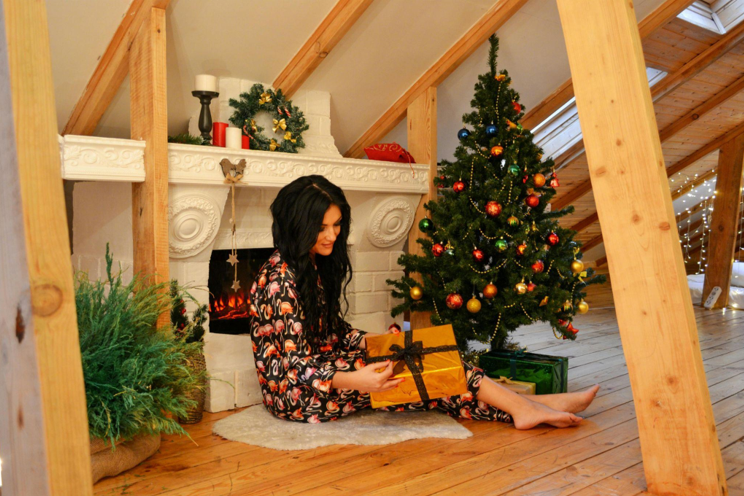The Role of Woodwork and Carpentry in the Industrial Revolution
From the early 1700s to the mid-1800s, the Industrial Revolution transformed how we live, work, and celebrate Christmas. One of the most significant changes during this period was the rise of woodwork and carpentry, which enabled the mass production of furniture, ornaments, and decorations.
Slim artificial Christmas trees are a perfect example of this trend, as they require woodwork and carpentry skills to create their unique shapes and designs. In the 19th century, many European countries began decorating their homes with feather Christmas trees made from goose feathers. However, these trees were expensive and time-consuming, limiting their popularity.
The first artificial Christmas tree in the United States was made from green-dyed goose feathers in 1883. However, it was in the 1950s that synthetic materials such as PVC and aluminum became widely available, paving the way for the modern, slim artificial Christmas tree.
Today, slim artificial Christmas trees come in various sizes, shapes, colors, and textures, and they continue to evolve with new technologies such as LED lights and wireless controls. However, their underlying craftsmanship and attention to detail remain essential to their appeal and durability.
Taxes and the Popularity of Slim Artificial Christmas Trees
Another crucial factor that influenced the rise of slim artificial Christmas trees is taxes. In the early 20th century, the US government imposed a 15% tax on Christmas trees to fund World War I. This tax made natural Christmas trees more expensive for American consumers, fueling demand for artificial alternatives. However, it was in the 1950s that synthetic materials, primarily PVC, became cost-effective and versatile enough to create realistic and affordable artificial Christmas trees.
Today, artificial Christmas trees account for nearly 75% of all Christmas trees sold in the United States, and their popularity continues to grow globally. Slim artificial Christmas trees are trendy among city dwellers, apartment owners, and people who prefer minimalist or eco-friendly lifestyles. They require less space, maintenance, and resources than natural trees, and they can be reused for many years, reducing waste and expenses.
In conclusion, the history of slim artificial Christmas trees is a fascinating story of craftsmanship, technology, and economics. From the woodwork and carpentry skills of the Industrial Revolution to the taxes and demands of modern consumers, these trees have evolved to meet our changing needs and traditions. As we celebrate our holidays with slim artificial Christmas trees, let’s remember the people and processes behind them and appreciate their contribution to our festive spirit.



